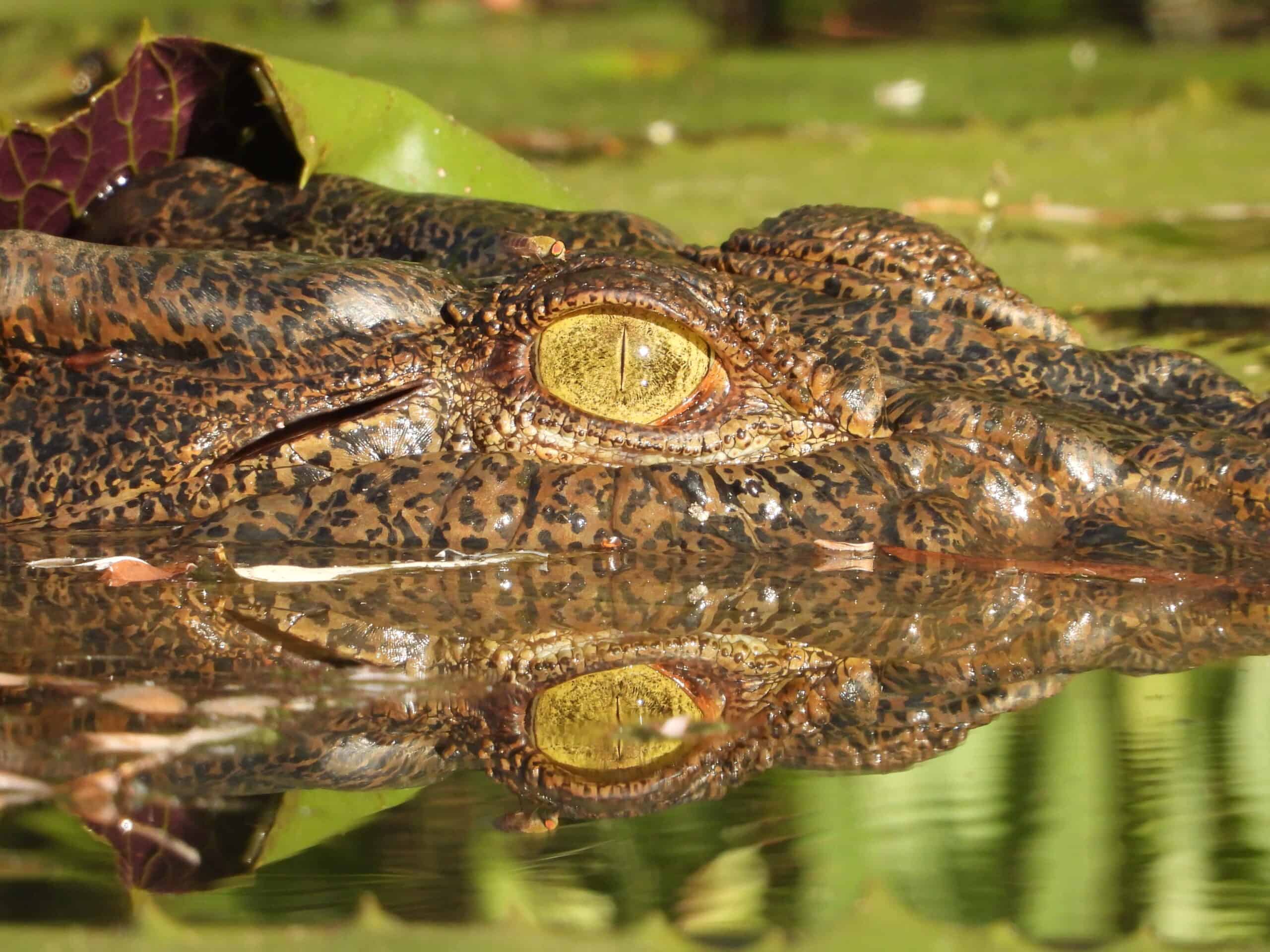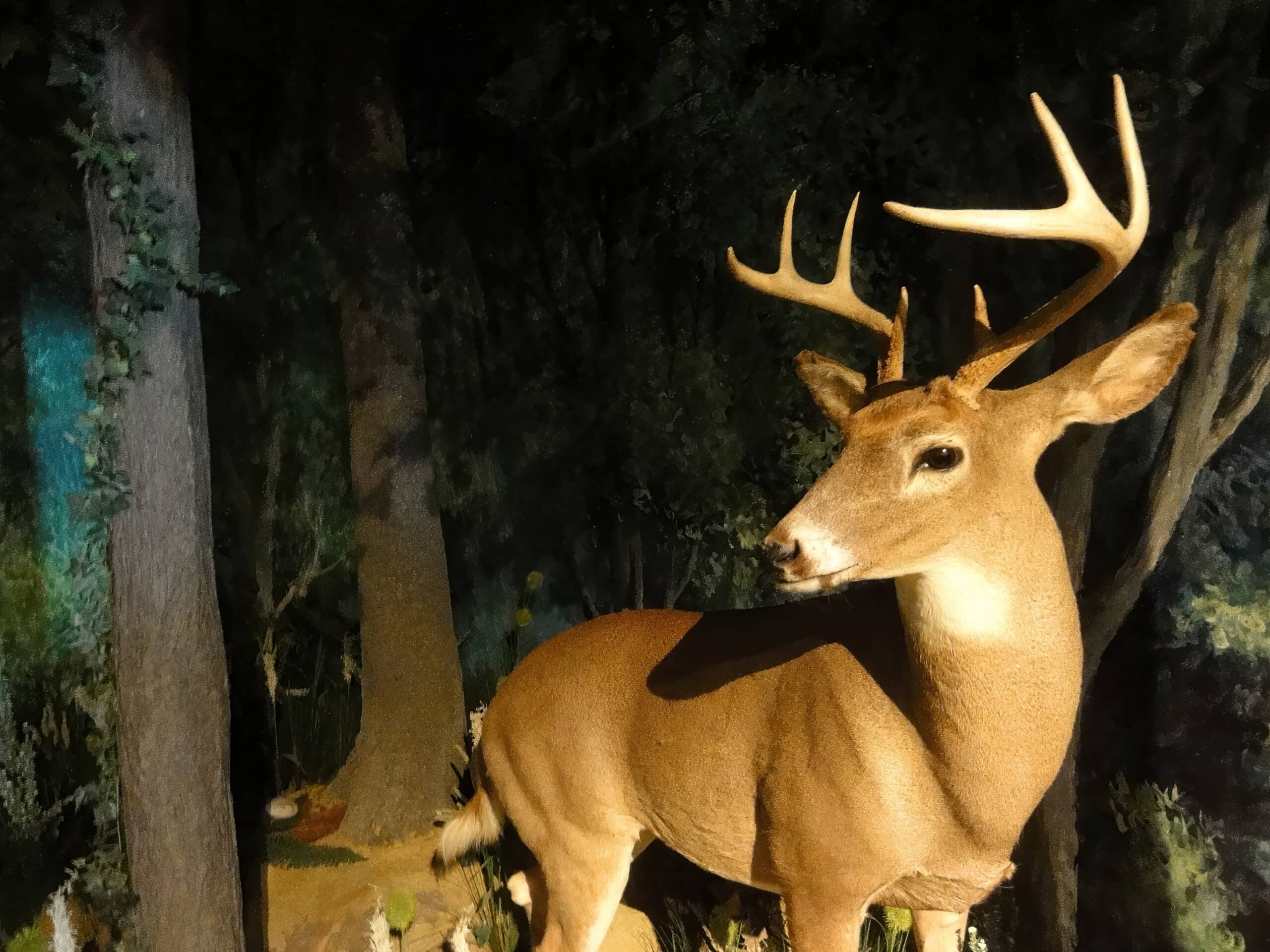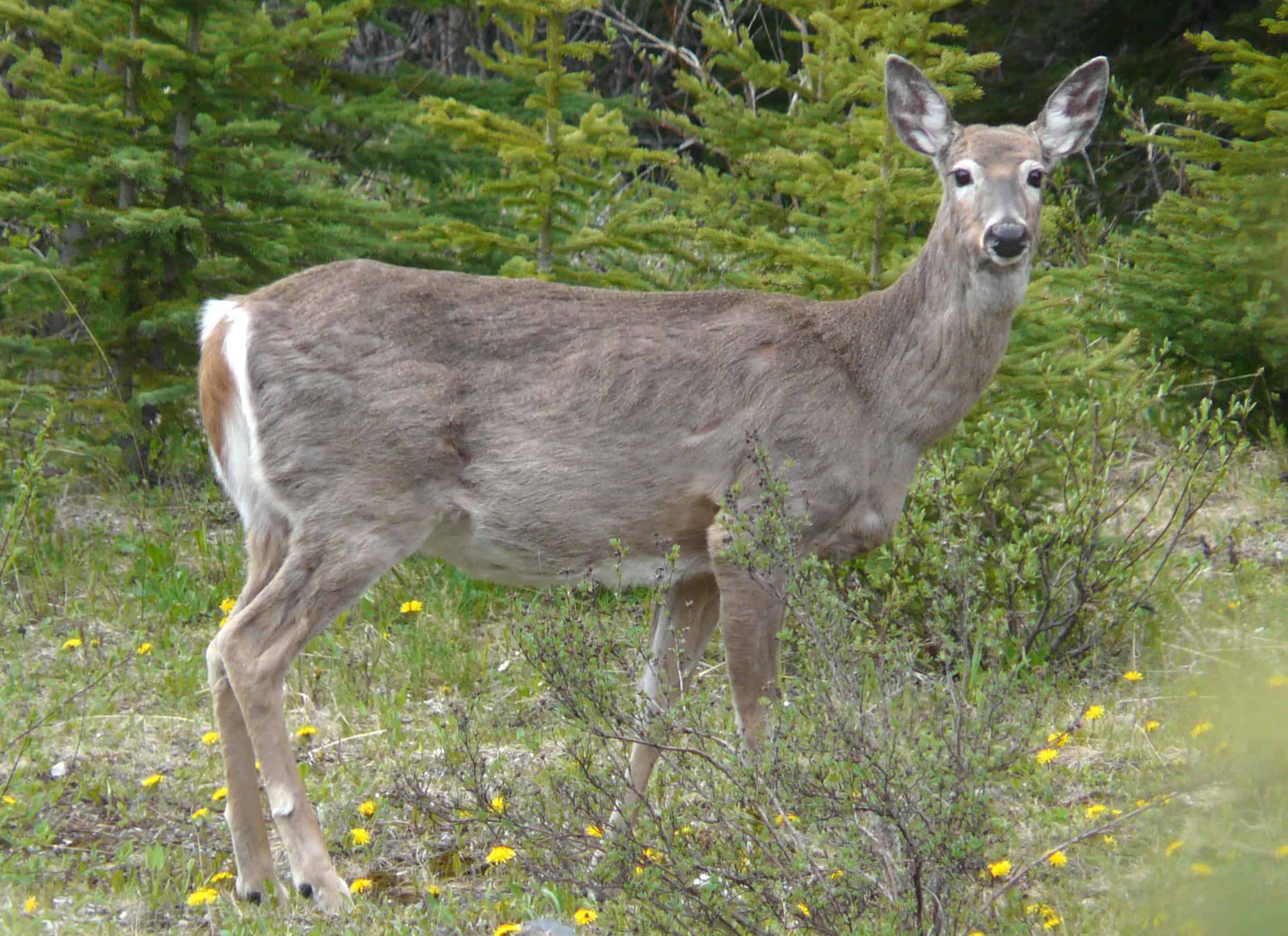Share this article
TWS supports proposed ESA regulations
The Wildlife Society is supporting proposed changes to the Endangered Species Act that would allow for more areas to be designated as critical habitat and change the definition of “habitat,” thereby helping wildlife professionals conserve threatened or endangered species.
The Wildlife Society recently submitted comments supporting the proposed changes to Endangered Species Act implementation regulations made during the final days of the previous administration.
The proposed rule would revoke changes made in late 2020 to the process for excluding areas from critical habitat designations. The 2020 changes added the consideration of economic and national security impacts in determining if a particular area is critical habitat. It also codified that at any time during the process of finalizing the designation of critical habitat, the agency can consider additional exclusions not identified during proposed rulemaking.
The Wildlife Society previously commented on these 2020 changes, noting that the rule could allow too many exclusions, highlighting concern regarding the potential negative impacts on the ability of wildlife professionals to conserve species listed under the ESA. The Society was concerned the rule could provide potentially unlimited reasoning for areas to be excluded from critical habitat designation.
The current proposed changes would also revoke a 2020 rule change that established a regulatory definition of the term “habitat” under the ESA. The 2020 rule defined habitat within the context of designating critical habitat as “the abiotic and biotic setting that currently or periodically contains the resources and conditions necessary to support one or more life processes of a species.” The Wildlife Society previously commented on this proposed definition, and proposed different definitions of the term that recognized “habitat” as a species-specific concept.
In the Society’s comments, it urged the U.S. Fish and Wildlife Service to work closely with state and tribal natural resource agencies to determine the best available information on areas targeted for critical habitat designation and encouraged the administration to consider adding funding for agency programs in order to enhance their efforts to restore threatened and endangered species populations.
Header Image: The Santa Catalina Island fox (Urocyon littoralis catalinae) is listed as an endangered species. Credit: Chuck Graham/USFWS








